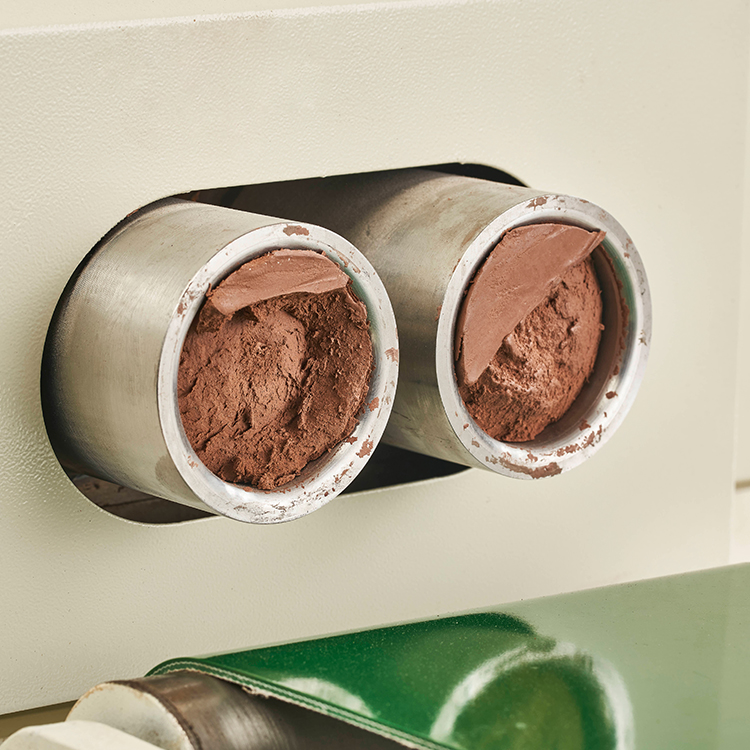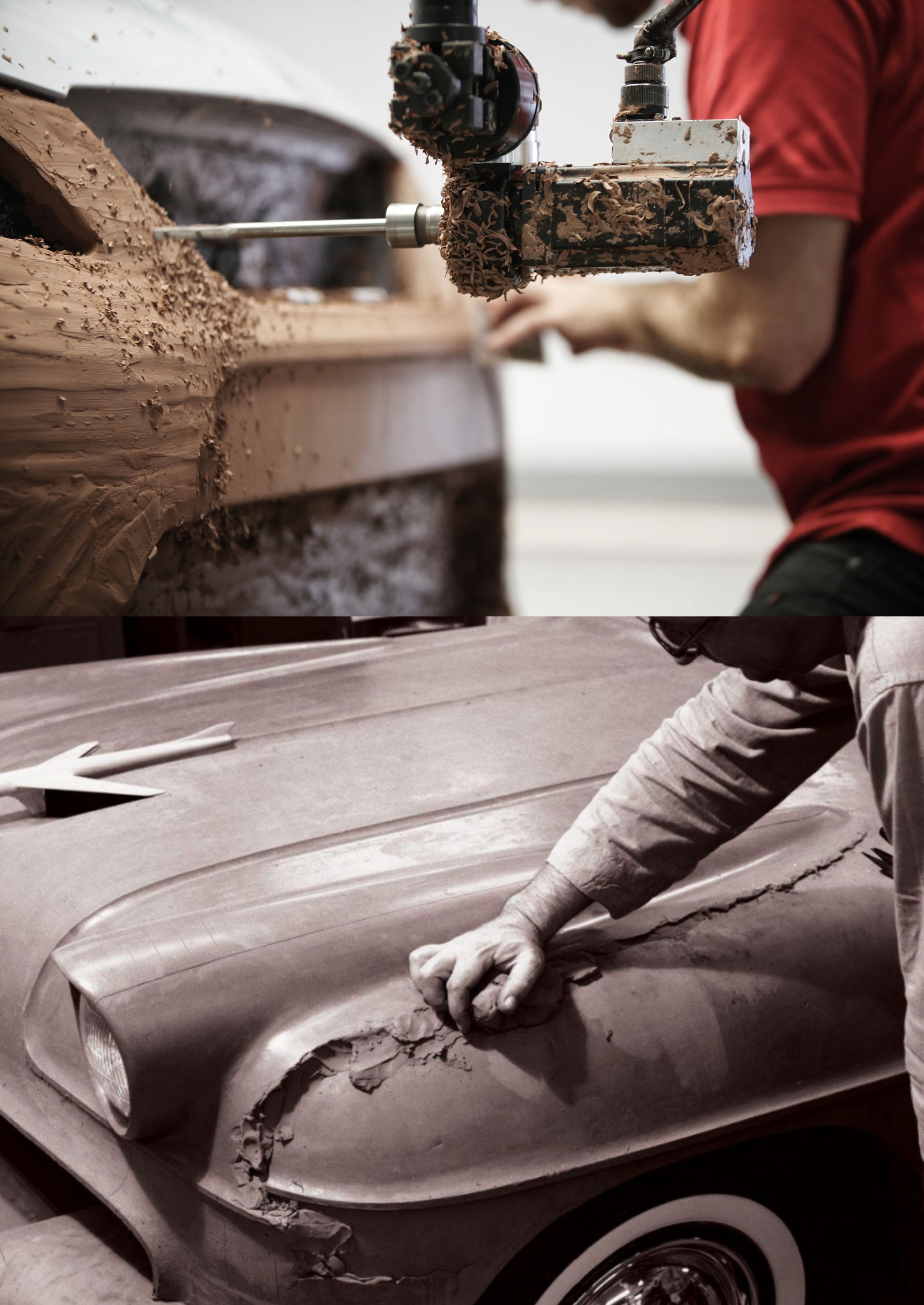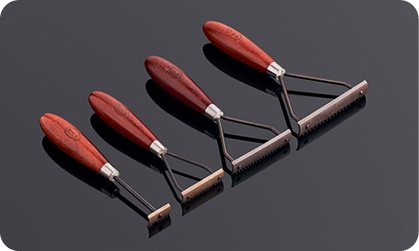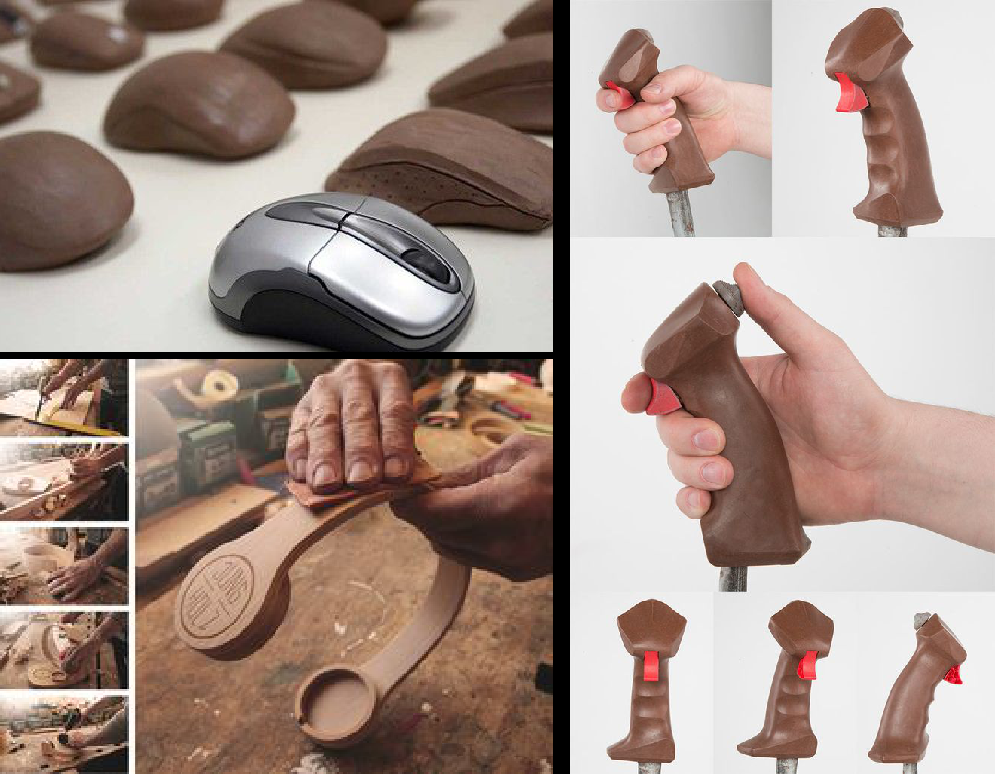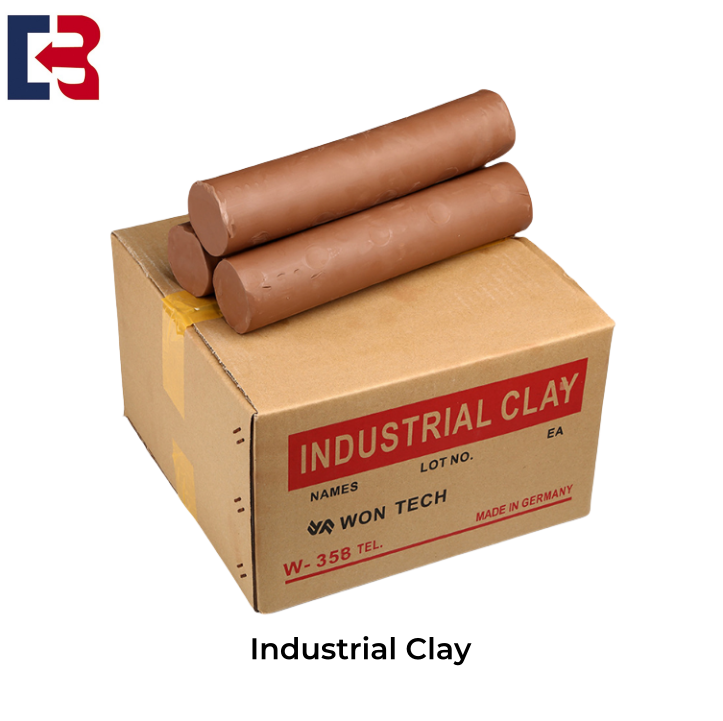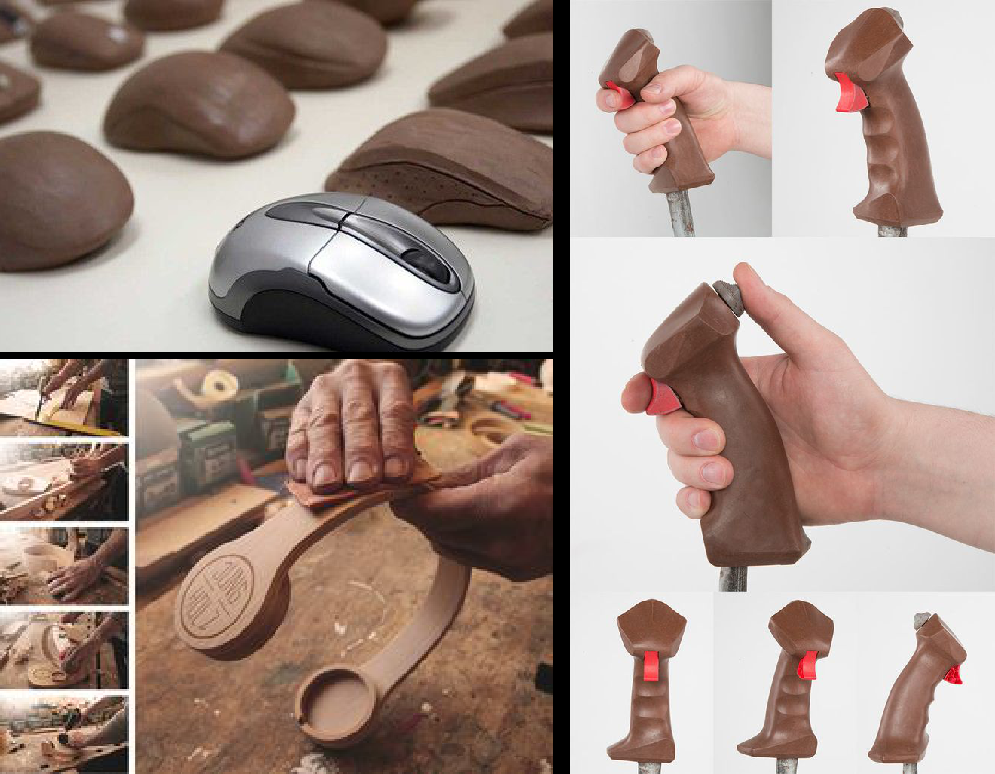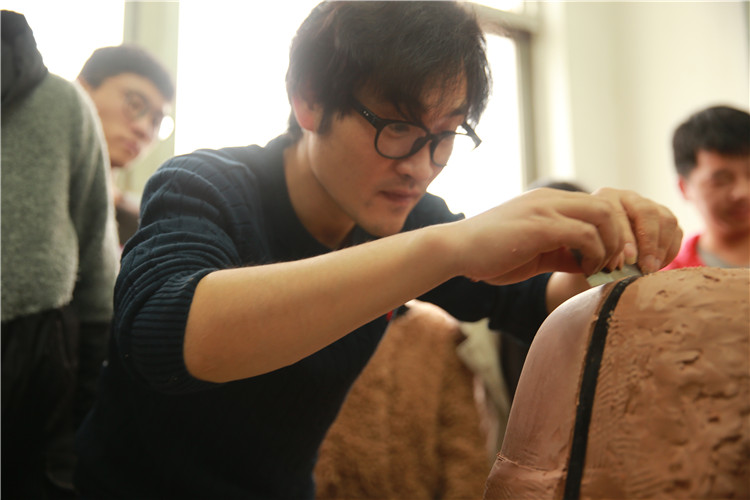
 Apr 01,2024
Apr 01,2024
 BOMI SHANGHAI
BOMI SHANGHAI
 714
714
Once, building a 1:1 clay model was a test of endurance. Piling up mud, finding symmetry, and fine-tuning, every cut relies on experience and insight. Especially when replicating the left and right symmetrical surfaces, it relies on line gauges, ropes, rulers, as well as countless back-and-forth movements and fine-tuning.
Everything changed when the clay milling machine appeared in the studio. Input CAD data, start the program, and the machine head will steadily carve on the surface of the oil sludge. Smooth surfaces, precise waistlines, symmetrical reflections, no longer exhausting several days. The initial forming time of large models has been compressed to one third of the original, and design iterations are no longer limited by physical strength and schedules.
The milled surface, though precise, lacks a sense of life. That must be supplemented by the modeler's hands: lifting the lines, lifting the surfaces, and adjusting the light and shadow. Machines are responsible for accuracy, while humans are responsible for emotional expression.
It is precisely this coordination that enables the modeling language to strike a balance between precision and sensibility. The speed of carving may change, but the way of judging beauty has never altered.
